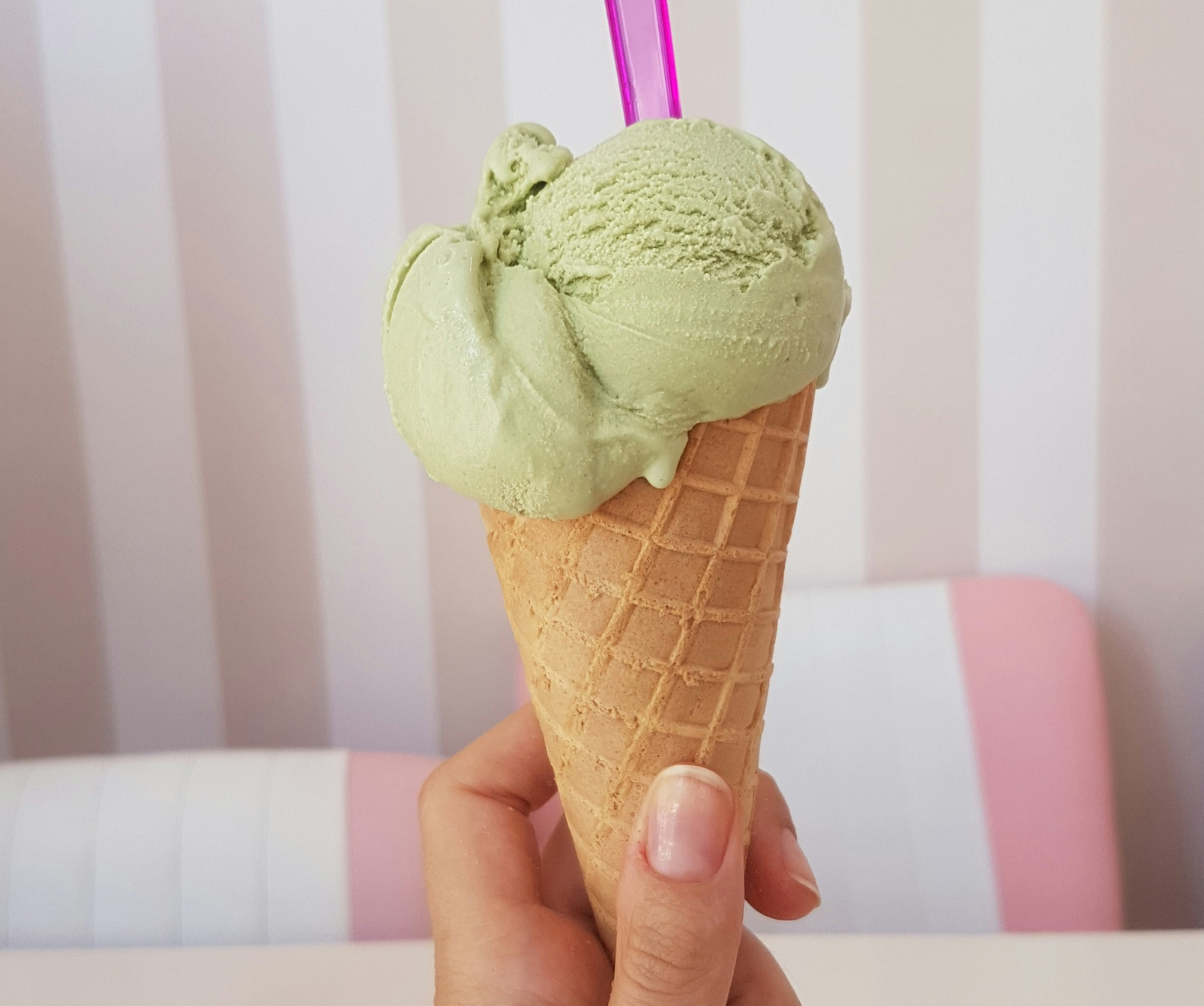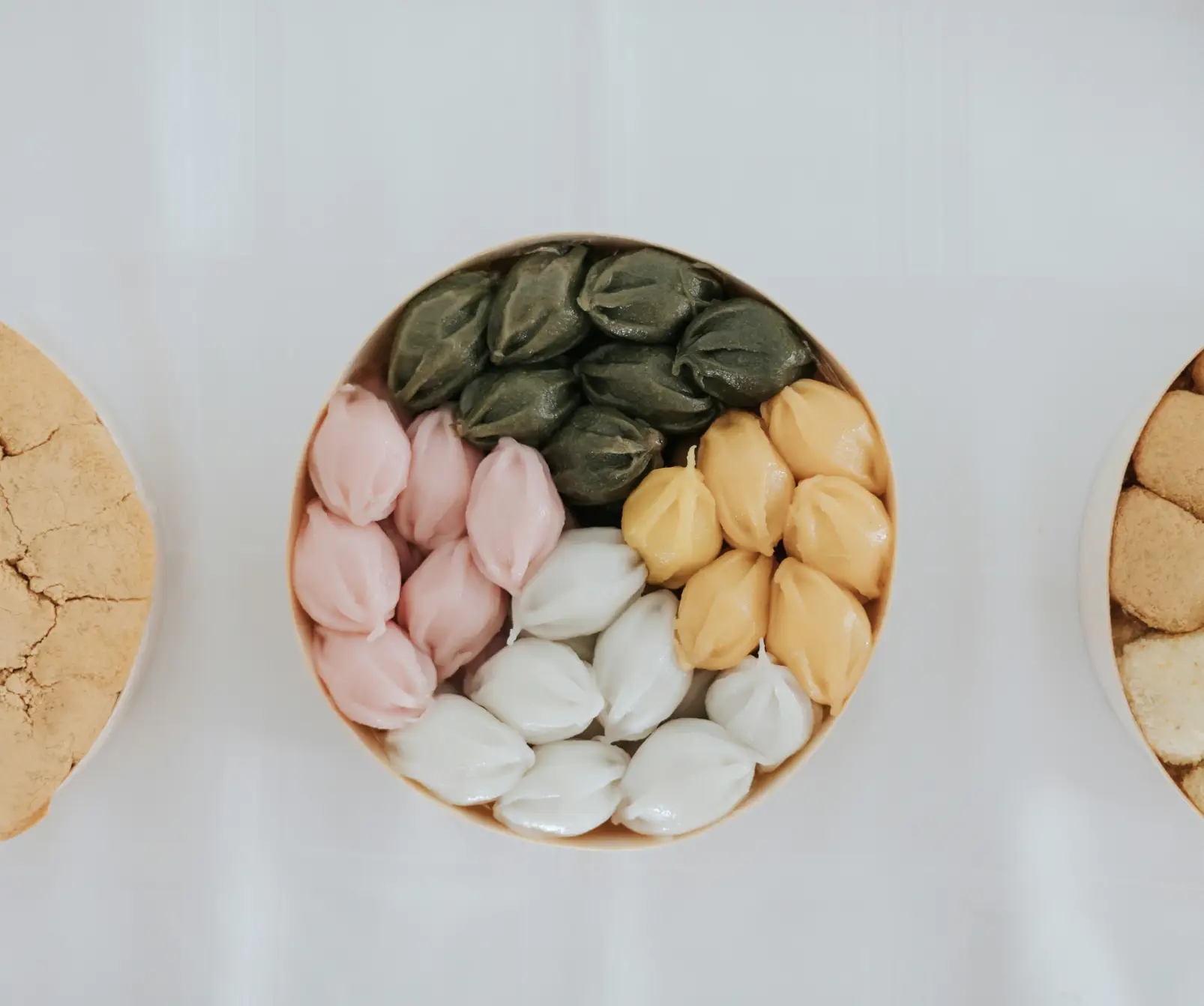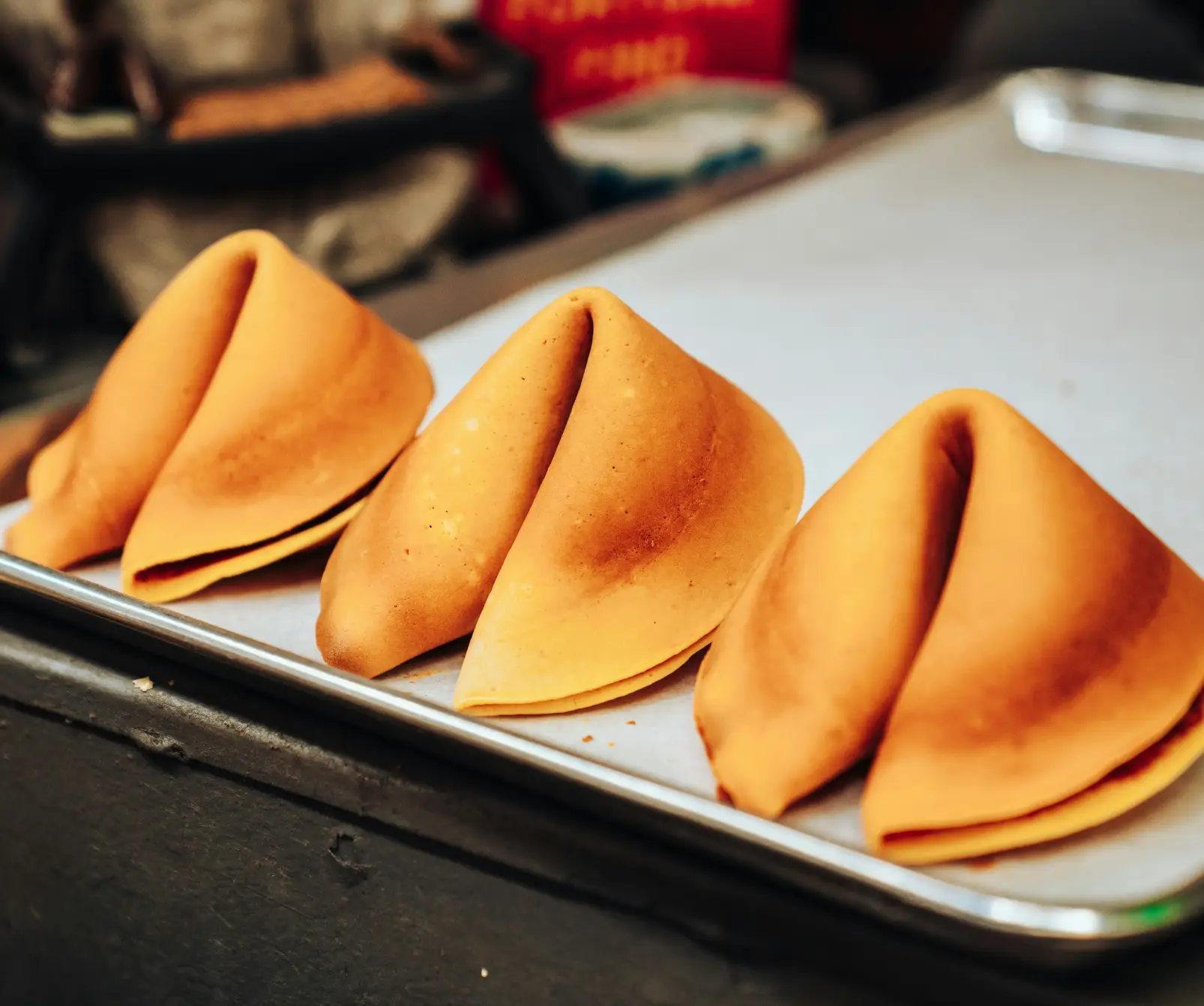What brings us pure joy on a perfect sunny day, comfort when the weight of the world has turned us into a couch potato, and brings together great company and banter? Ice cream, the universally loved treat is one of the greatest man made creations to ever exist! And it has a fascinating history that spans millennia and continents.
While today we enjoy endless flavors and textures, from classic vanilla to exotic matcha, the origins of this frozen delight can be traced back to ancient China. Long before modern refrigeration and ice cream parlors, the Chinese were enjoying their own version of this frosty treat, setting the stage for what would eventually become one of the world’s favorite desserts.
The Birth of Ice Cream in Ancient China
The story of ice cream begins over 2,000 years ago in China during the Tang Dynasty (618–907 CE), a period known for its cultural and technological innovations. The Tang Dynasty emperors, who were known for their love of luxury, had an affinity for icy, sweet treats that offered a refreshing escape from the summer heat. Their preferred cold treat? A dish that combined milk, rice, and snow—the OG version of what we now recognize as ice cream
But the Chinese didn’t just stumble upon this frozen delight. They were ahead of the game, experimenting with frozen mixtures for centuries. As far back as 200 BCE, they were mixing snow and ice with fruit juices, whipping up something like an ancient sorbet. It wasn’t the creamy ice cream we know today—more like a sweet, flavored ice to help cool off on a hot day.
What made the Chinese stand out was their innovative use of fermentation and milk. The Tang emperors, with access to milk from cows, goats, and buffaloes (which was pretty rare in other parts of the world), got creative. They mixed milk with rice, added a bit of sweetness, and a hint of fermentation, then froze the mixture with snow.
The Role of Ice Houses and Saltpeter
The real game-changer, though, was their advanced knowledge of ice storage and cooling. Long before refrigeration was a thing, the Chinese had ice houses that could store ice year-round, crucial for keeping food fresh and making icy treats during the summer. On top of that, they figured out how to use saltpeter (potassium nitrate) to lower the freezing point of water, creating a cooling solution that made it easier to freeze their sweet mixtures and get a smoother, creamier texture.
Marco Polo and the Spread of Ice Cream
And of course we all know about Marco Polo’s excursions to China. In fact, he is often credited with bringing the idea of ice cream back to Europe, sparking a whole new culinary trend in Europe.
But while we can’t say for sure it was Marco Polo who brought ice cream to Europe, there’s no denying that the Chinese played a massive role in ice cream’s early development. Their techniques for making frozen, milk-based treats set the stage for what would eventually become the ice cream we love today.
A Lasting Delectable Legacy
While the ancient Chinese didn’t have waffle cones, rainbow sprinkles, or chocolate swirls, their contributions to the world of frozen desserts are still felt today. Their early experiments with milk, snow, and rice not only cooled people down in the heat but also paved the way for a dessert that’s now beloved worldwide.
So, the next time you enjoy a scoop of your favorite ice cream, take a moment to appreciate its long journey—from the snow-covered mountains of ancient China to your cone or bowl. Ice cream’s history is as cool as the treat itself, and it all started with the simple, yet brilliant, idea of making something deliciously cold on a hot day.







